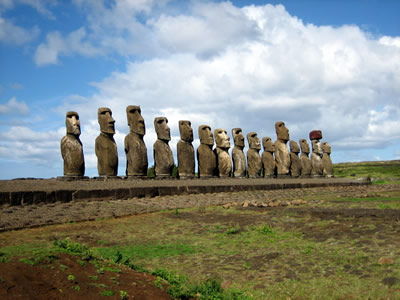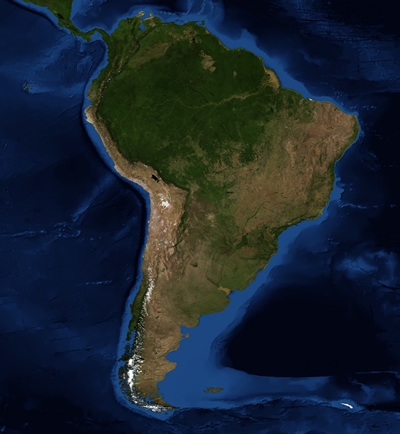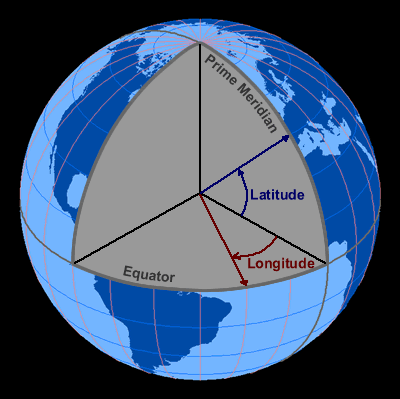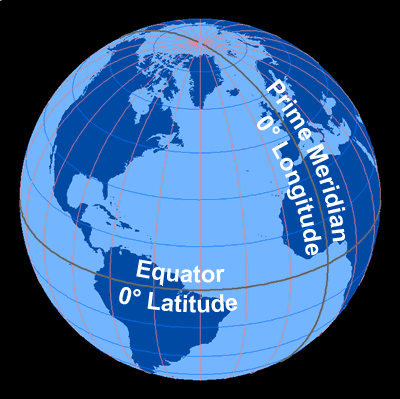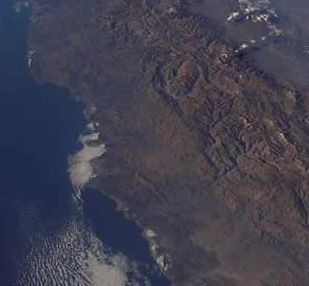Click on image for full size
Image Courtesy of the Wikipedia Commons
Easter Island
Easter Island, also known as Rapa Nui, is a volcanic island located in the Southeast Pacific Ocean. It was given the name "Easter Island" when a Dutch explorer visited the island on Easter Sunday in 1722.
Easter Island is located far from other islands or continents. Chile is 3,600 km (2,237 miles) to the east and Tahiti is 3,200 km (2,000 miles) to the west. This small island is shaped like a triangle. There is an extinct volcano at each corner. Craters in the volcanoes contain water, and the rest of the island is covered by grasslands and ancient lava flows. Easter Island has a subtropical climate.
Easter Island is well-known because of the 887 large stone statues created by the Rapa Nui people. They created these statues, called moai, as a way to worship their ancestors. In the 1500s the Rapa Nui people began to create petroglyphs of the bird-man cult. The Rapa Nui population dropped because of warfare on the island, slave raids from the mainland of South America, and exposure to European diseases. Approximately 2,300 Rapa Nui people live on Easter Island today.
People visit Easter Island to view the moai. The moai are now part of a national park and have been designated a World Heritage Site by UNESCO.


